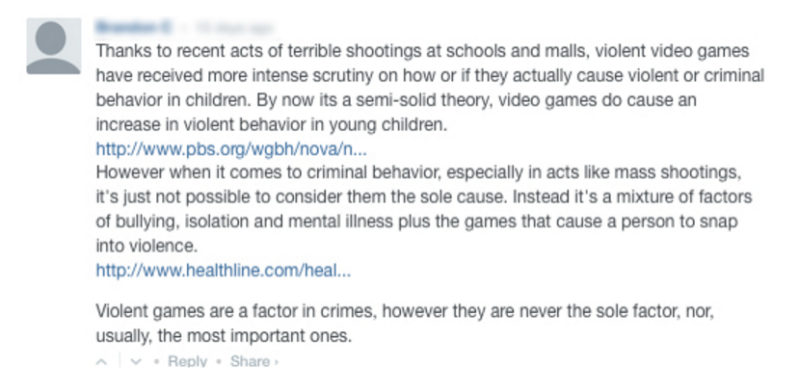A year from now most of the high school students I currently teach will be eligible to vote, and I believe that one of my roles is to help them become part of an informed electorate. However these days it seems like politics and propaganda take precedence over rational discussion, especially when the conversation goes online. One goal I have in my classes is introducing my students to civic (and civil) dialogue.
Essentially, what I’m talking about is teaching argument the way it’s been conceived since Aristotle’s time. Whether it’s the Common Core State Standards for English Language Arts or the writing standards of the states that have not adopted the CCSS (for example, Texas’s TEKS), all 50 states have writing standards that include the teaching of argumentative writing supported with appropriate evidence and claims.
It seems that everyone agrees that in order to be “college and career ready” our students need to know how to write argument and back it up with evidence. In reality, this approach falls short when our own assumptions are challenged; however, research shows that learning gains are greatest in these moments of “cognitive dissonance.”
A few years ago I started incorporating weekly activities from KQED Do Now into my classroom because it is an effective tool for building civic engagement with my students. One of the things I stress when my students compose online is that claims need to be backed up not only by evidence, but also by providing direct links to that evidence when writing argumentation via social media. Here’s an example from a student’s blog comment summarizing an article supporting her position on a recent Do Now discussion about refugees:




